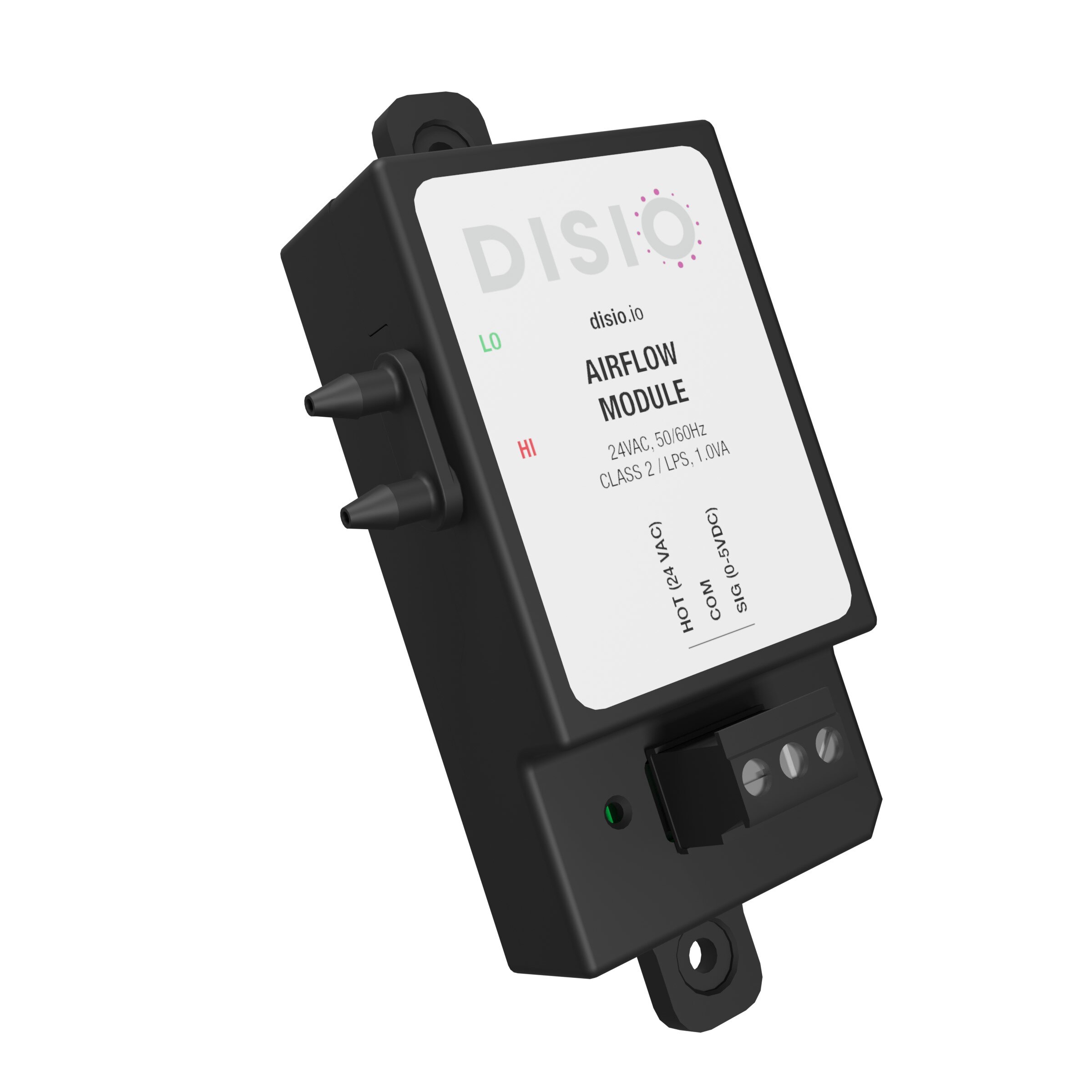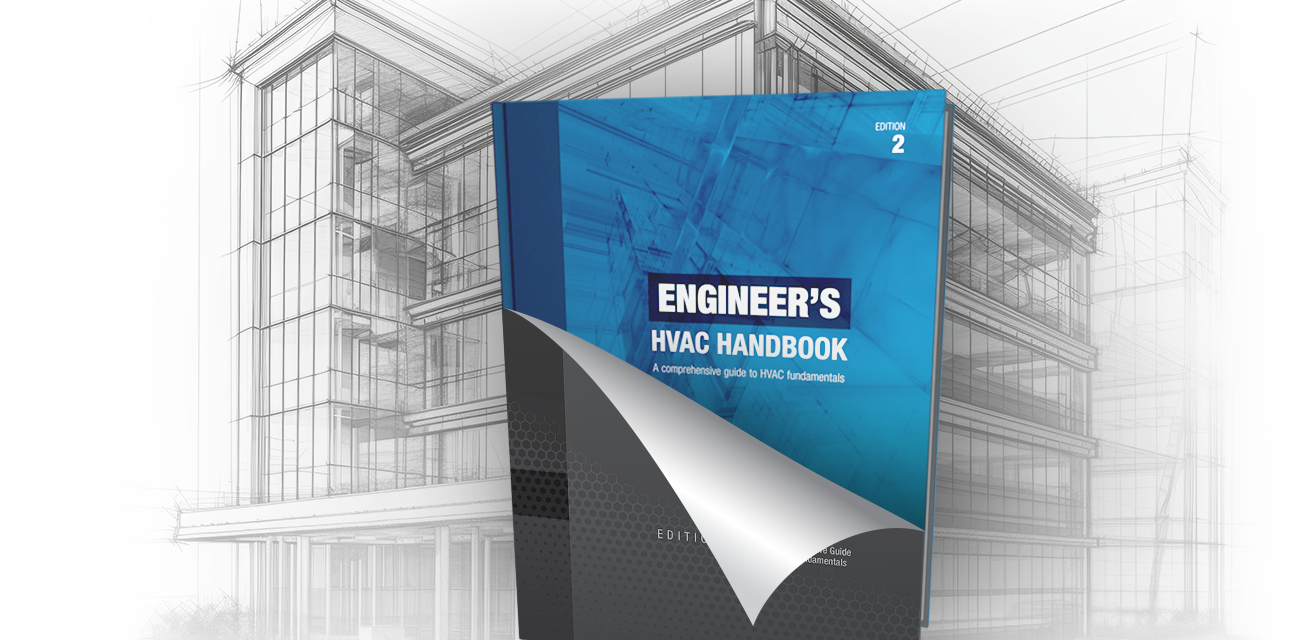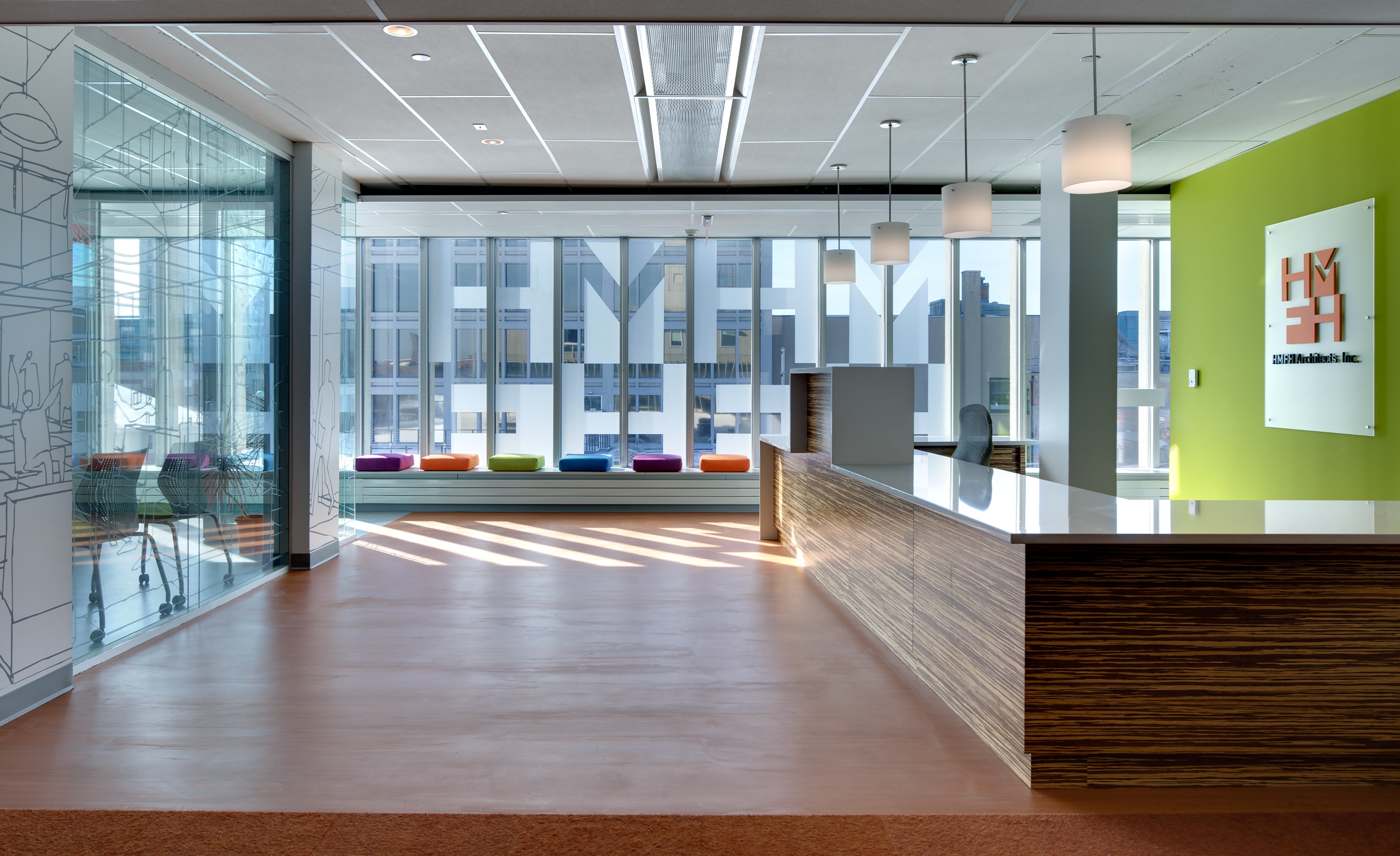Understanding How We Measure Thermal Comfort
Chances are you are familiar with the term “room temperature.” We all have experienced work environments that are too hot, too cold or too muggy. Perhaps it is a conference room that always runs cold or a classroom that feels too stuffy. Typical occupants do not need to know why the room is uncomfortable; they just want it fixed – and fixed quickly!
Read More
Topics:
Thermal Comfort,
HVAC Fundamentals,
HVAC,
Engineering,
Design Engineering,
Tech Tip
A Look at How This Important Device Works in the HVAC Industry
In the world of HVAC, an airflow transducer is a device that converts an airflow signal into an electronic signal for a VAV controller to regulate a damper and provide airflow to a space.
Read More
Topics:
Static Pressure,
Terminals,
Controls,
Thermal Comfort,
HVAC Fundamentals,
HVAC,
Engineering,
Design Engineering,
Tech Tip
Your Complete Guide to Fundamental Industry Knowledge
The original intention of the Price Engineer’s HVAC Handbook was to create a “polished compilation” of existing design guides and examples from the Price Catalog. In typical Price fashion, we dedicated more than 20,000 internal hours over the course of two years to create an industry-first reference guide on air distribution – complete with 1,350 pages and more than 3,000 illustrations.
Read More
Topics:
System Efficiency,
Heat Transfer,
Psychrometrics,
Thermal Comfort,
HVAC Fundamentals,
HVAC,
Engineering,
Design Engineering,
Handbook
Exploring the Benefits of Displacement Ventilation in Schools
For years, studies have linked healthy environments in schools with improved educational outcomes for students. We’ve seen that indoor air quality has a major impact on health, performance and attendance and that quiet classrooms improve academic performance, reduce stress and encourage better behavior.
Read More
Topics:
Acoustics,
Displacement,
Thermal Comfort,
HVAC Fundamentals,
HVAC,
Engineering,
Design Engineering,
ASHRAE 62
Working with Active and Passive Beams in Cold Climates
For applications in climates that require a significant amount of heating, owners, engineers and contractors often wonder if chilled beams are an appropriate choice for their projects. Since the “chilled” part of the chilled beam name only specifies cooling, can you also produce heat with a chilled beam?
Read More
Topics:
Beams,
Induction,
Thermal Comfort,
HVAC Fundamentals,
Engineering,
Design Engineering







